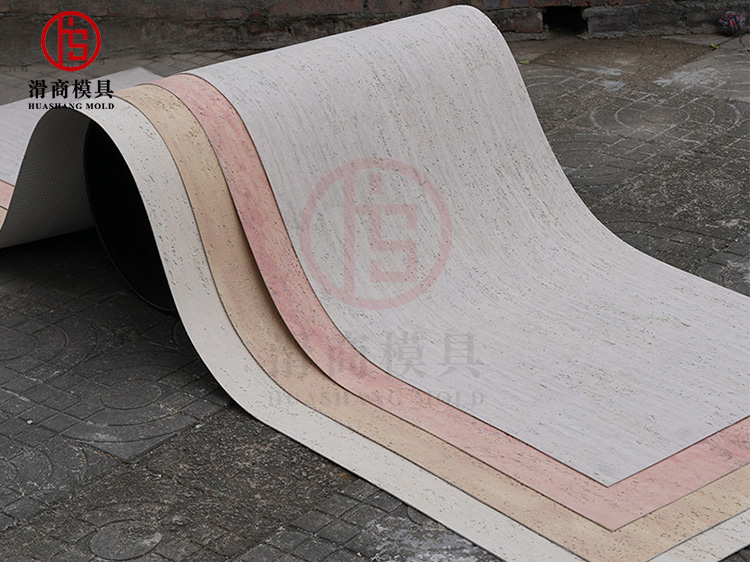To create molds for flexible stone production, you can use various materials and techniques depending on the specific properties and requirements of the flexible stone mold.
Here are a few common approaches to consider:

Flexible Stone Mold
1. Silicone Mold: Silicone molds are widely used for their flexibility and ease of use. They can be created by pouring liquid silicone rubber around a master model of the desired shape. Once the silicone cures, it forms a flexible mold that can be used to cast flexible stone repeatedly.
2. Latex Mold: Latex molds are another option for creating flexible molds. Liquid latex rubber is brushed or poured over the master model in layers, allowing each layer to dry before applying the next. The resulting latex mold is flexible and can be used for casting flexible stone.
3. Flexible Resin Mold: Certain flexible resins, such as polyurethane or polyurethane rubber, can be used to create molds for flexible stone. These resins are poured or brushed onto the master model and cured to form a flexible mold.
4. Vacuum Forming: Vacuum forming is a technique where a sheet of thermoplastic material is heated and then stretched over a master model using vacuum pressure. This process creates a mold that can be used for casting flexible stone. Vacuum forming is commonly used for larger or more complex shapes.
5. 3D Printing: If you have access to a 3D printer capable of printing flexible materials, you can create molds directly from digital designs. Flexible 3D printing materials like TPU (Thermoplastic Polyurethane) can be used to print molds that are suitable for casting flexible stone.
It’s important to consider the specific requirements of your flexible stone and the complexity of the desired shapes when choosing the appropriate mold-making technique. You may also need to experiment with different materials and processes to find the most suitable solution for your specific application.
